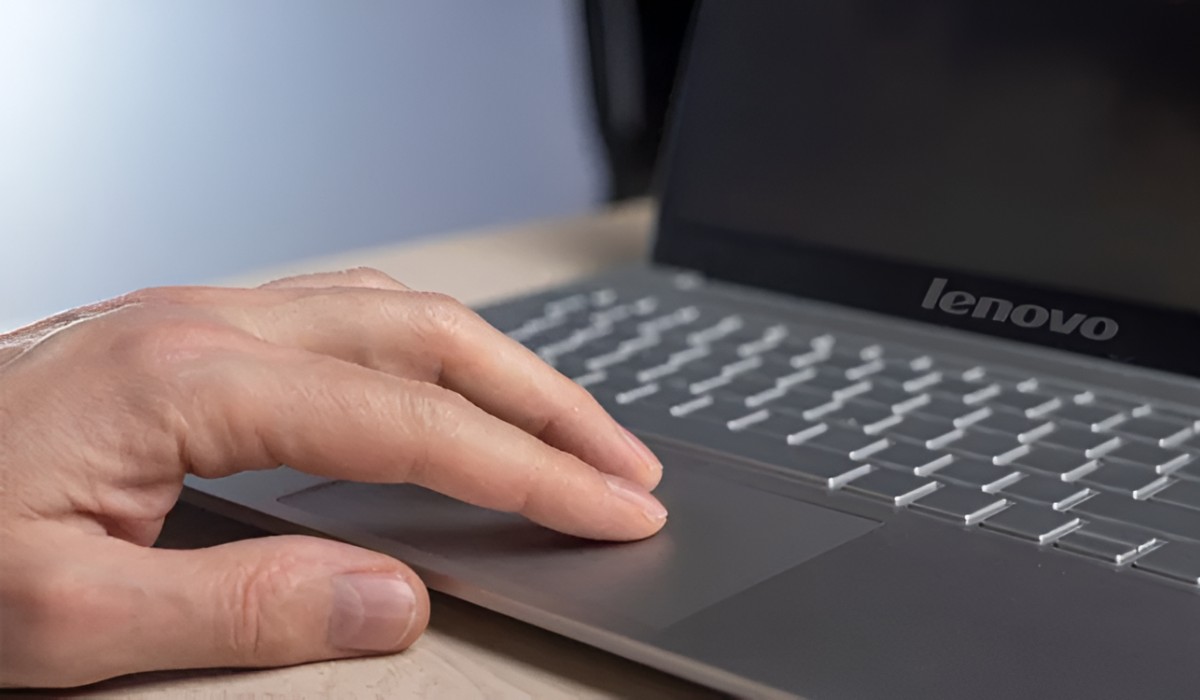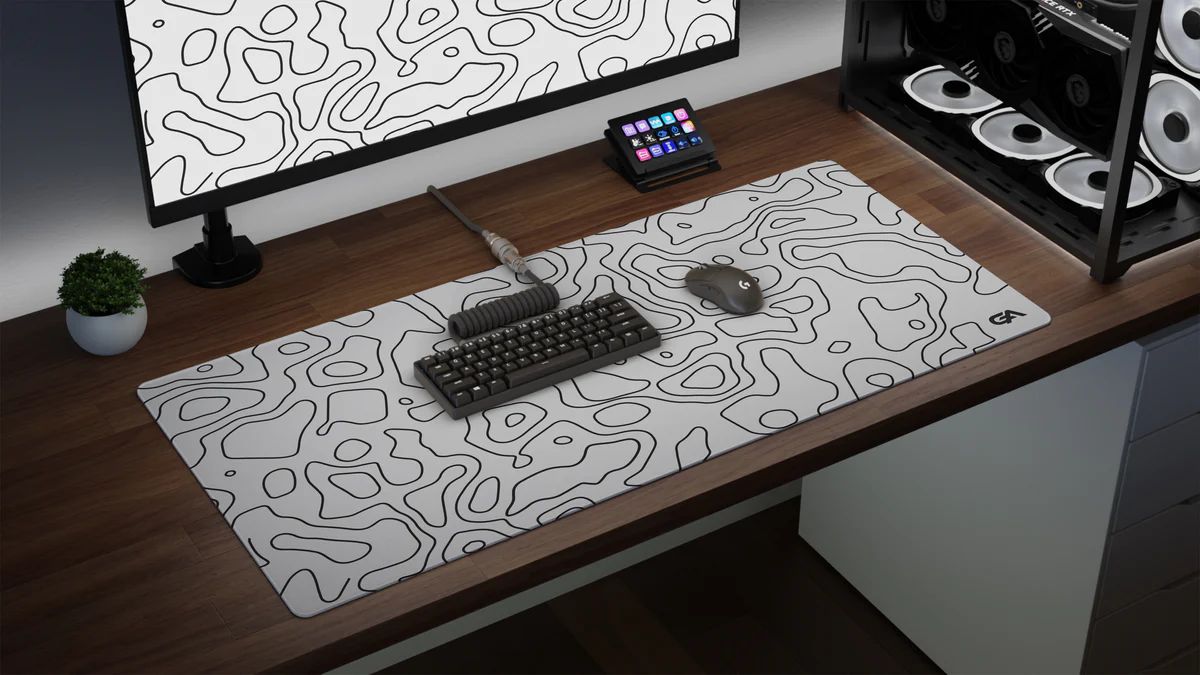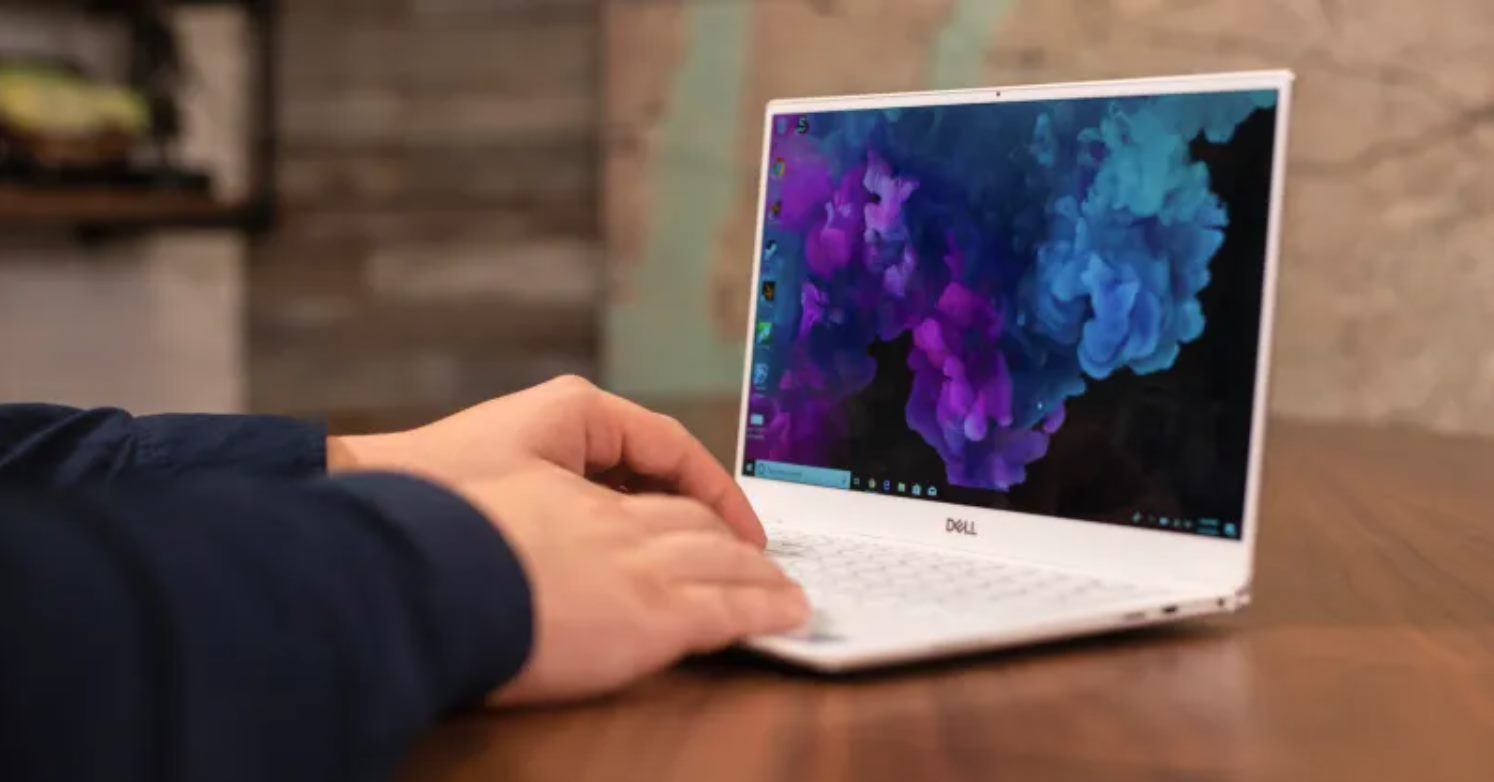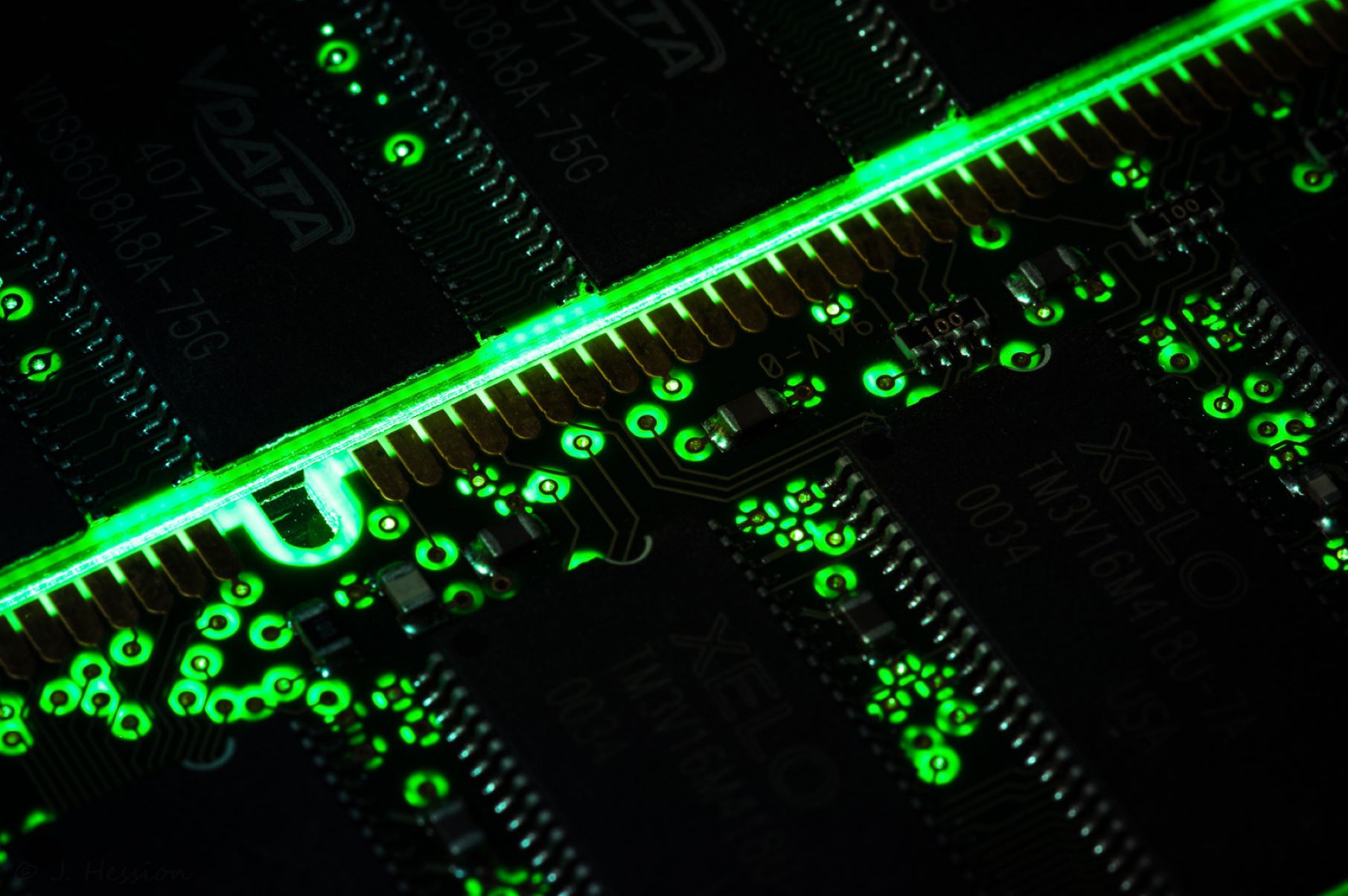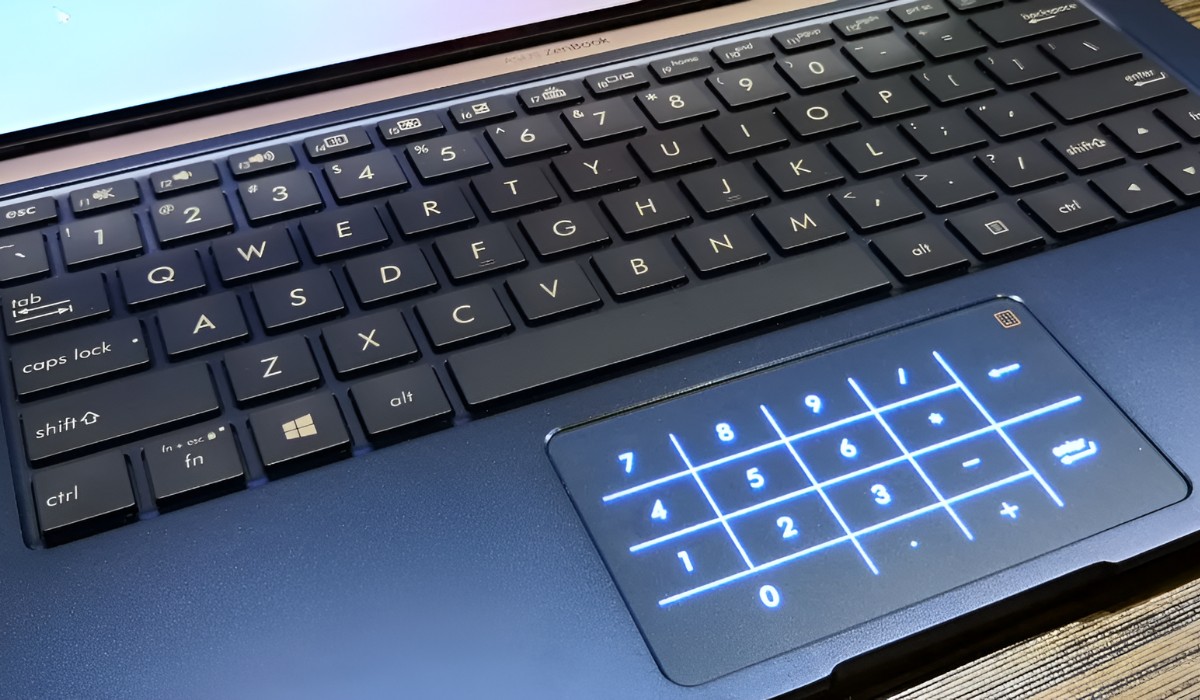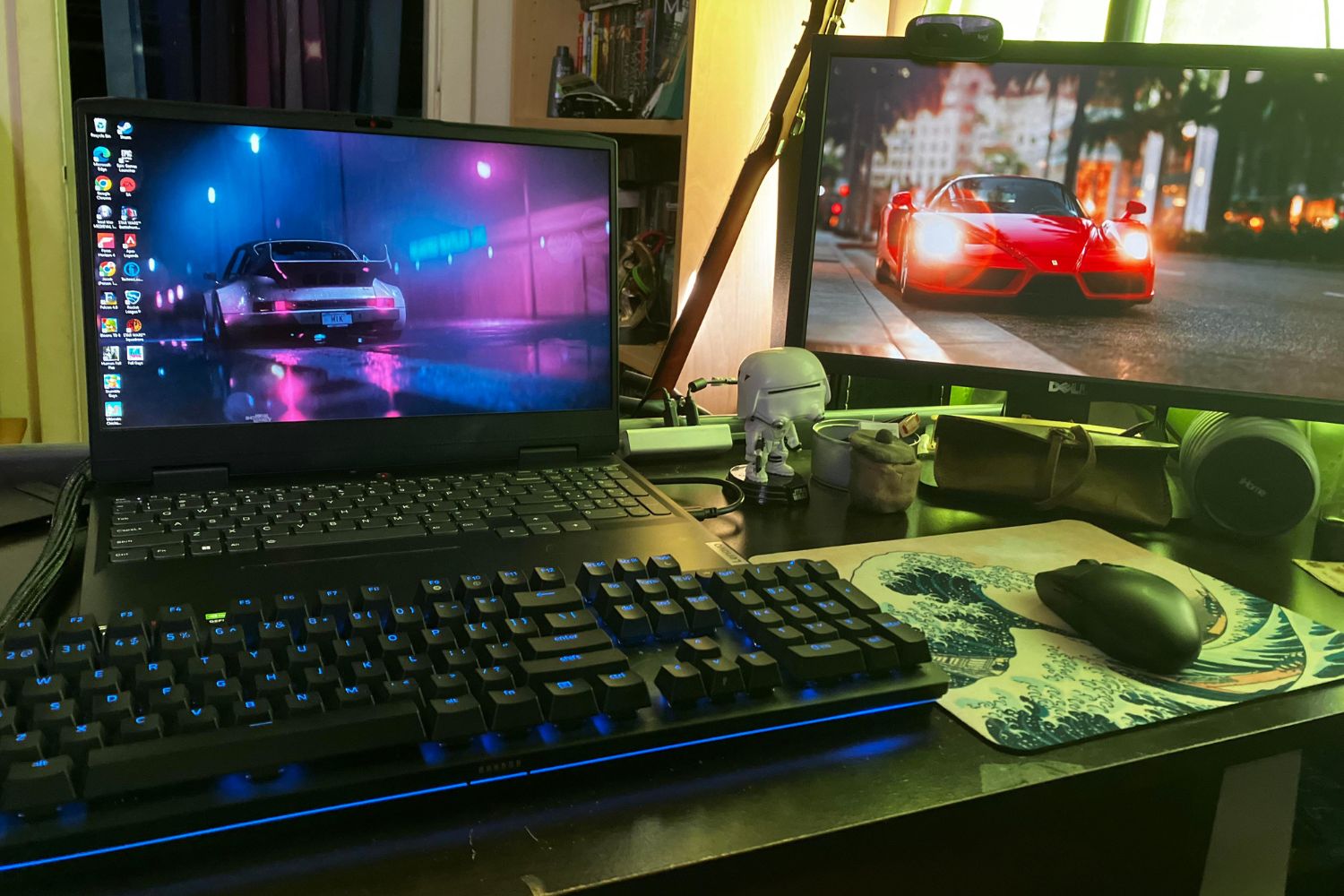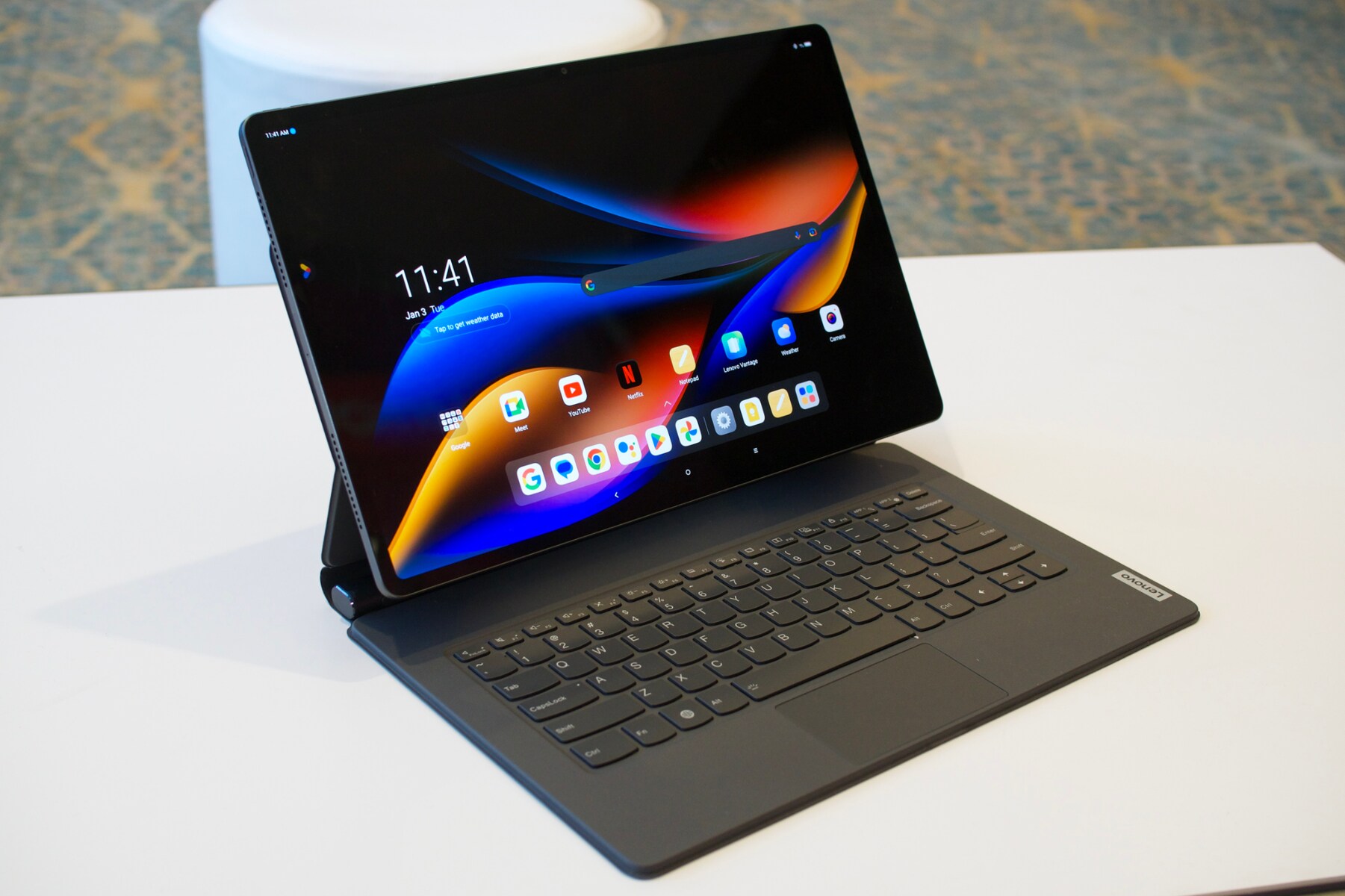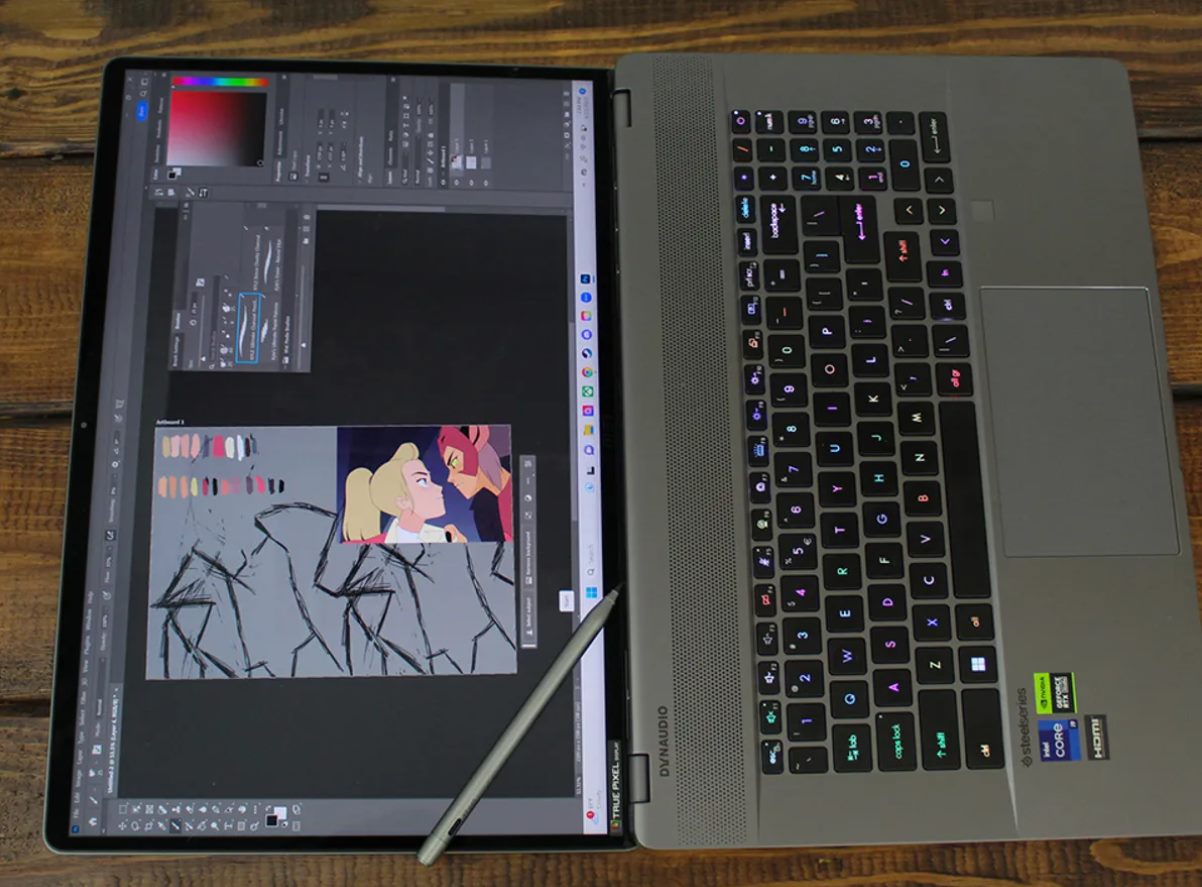Introduction
Understanding the Functionality of Your Lenovo Laptop's Mouse Pad
The mouse pad, also known as the touchpad, on your Lenovo laptop serves as a convenient and essential input device, allowing you to navigate your computer without an external mouse. This touch-sensitive pad is designed to detect the movement and gestures of your fingers, providing a seamless and intuitive user experience. While the mouse pad offers great convenience, it can sometimes encounter issues that may disrupt your workflow. In this article, we will delve into common problems that Lenovo laptop users may encounter with their mouse pads, as well as effective troubleshooting steps to address these issues.
Navigating through the digital realm with a malfunctioning mouse pad can be frustrating, but fear not, as we will equip you with the knowledge and solutions needed to overcome these challenges. Whether you are experiencing unresponsive gestures, erratic cursor movements, or complete unresponsiveness, we will guide you through the process of identifying and resolving these issues.
Your Lenovo laptop's mouse pad is a vital component of your computing experience, and understanding its functionality and potential issues is crucial to maintaining a smooth and efficient workflow. Let's explore the common issues that may arise with your Lenovo laptop's mouse pad and the steps you can take to troubleshoot and resolve these issues effectively.
Common Issues with Lenovo Laptop Mouse Pad
Lenovo laptop users may encounter various issues with their mouse pads, ranging from unresponsiveness to erratic cursor movements. Understanding these common issues is the first step toward resolving them effectively. Here are some prevalent problems you may face:
- Unresponsiveness: One of the most common issues with Lenovo laptop mouse pads is unresponsiveness. This can manifest as the cursor failing to move or respond to gestures, making it challenging to navigate the screen.
- Erratic Cursor Movements: Some users may experience erratic cursor movements, where the cursor jumps or moves unpredictably across the screen. This can significantly impact productivity and user experience.
- Gesture Recognition Problems: The touchpad may fail to recognize certain gestures, such as scrolling, zooming, or tapping, leading to frustration and reduced functionality.
- Intermittent Freezing: The mouse pad may intermittently freeze, causing the cursor to become unresponsive for short periods, disrupting workflow and causing inconvenience.
- Physical Wear and Tear: Over time, the mouse pad may show signs of physical wear and tear, including worn-out surfaces or damaged sensor components, impacting its performance.
These issues can significantly hinder your computing experience, but with the right troubleshooting steps, you can address them effectively. In the following sections, we will explore the troubleshooting methods to help you resolve these common mouse pad issues on your Lenovo laptop.
Troubleshooting Steps
When faced with issues related to your Lenovo laptop’s mouse pad, it’s essential to approach troubleshooting systematically. By following the steps outlined below, you can diagnose and resolve the issues affecting the functionality of your mouse pad.
Here are the key troubleshooting steps to consider:
- Checking Mouse Pad Settings: Begin by reviewing the mouse pad settings on your Lenovo laptop. Access the settings menu and ensure that the touchpad is enabled and configured according to your preferences. Adjust sensitivity settings and gestures to see if it improves the pad’s responsiveness.
- Updating Drivers: Outdated or corrupted drivers can often lead to mouse pad issues. Visit the Lenovo support website or use the Lenovo Vantage app to check for driver updates. Installing the latest drivers can resolve compatibility issues and enhance the performance of your mouse pad.
- Checking for Physical Damage: Inspect the physical condition of the mouse pad and its surrounding area. Look for signs of wear, damage, or debris accumulation that may affect its functionality. Clean the touchpad surface gently and ensure that it is free from obstructions.
- Performing System Updates: Ensure that your Lenovo laptop’s operating system is up to date. System updates often include patches and fixes for hardware-related issues, including those affecting the mouse pad’s performance.
- Utilizing External Peripherals: As a temporary workaround, consider using an external mouse or other pointing devices to navigate your laptop while troubleshooting the mouse pad issues. This can help you maintain productivity while addressing the underlying problems.
By diligently following these troubleshooting steps, you can identify the root cause of the mouse pad issues and implement effective solutions to restore its functionality. In the next sections, we will delve deeper into each troubleshooting method, providing detailed guidance for resolving specific issues that may arise.
Checking Mouse Pad Settings
Before delving into intricate troubleshooting methods, it’s crucial to start with the basics. Checking and adjusting the mouse pad settings on your Lenovo laptop can often resolve common issues related to its functionality. Here’s a step-by-step guide to help you navigate the settings and make necessary adjustments:
- Accessing Mouse Pad Settings: Begin by accessing the settings menu on your Lenovo laptop. Depending on the operating system version, you can typically find the touchpad settings in the “Control Panel” or “Settings” menu. Look for the “Mouse” or “Touchpad” options to access the relevant settings.
- Enabling the Touchpad: Ensure that the touchpad is enabled. If it’s been accidentally disabled, you can re-enable it within the settings menu. This simple step can often resolve issues related to unresponsiveness or the cursor not moving.
- Adjusting Sensitivity Settings: Many touchpad-related issues stem from sensitivity settings that are either too high or too low. Experiment with adjusting the sensitivity to find a setting that suits your preferences and improves the responsiveness of the touchpad.
- Configuring Gestures: If your touchpad supports gestures such as scrolling, zooming, or tapping, ensure that these features are configured correctly. Adjust the gesture settings to match your desired behavior, and test the touchpad’s responsiveness after making changes.
- Testing Functionality: After making adjustments to the touchpad settings, test its functionality by navigating through different applications and interfaces on your Lenovo laptop. Pay attention to any improvements in responsiveness and gesture recognition.
By thoroughly reviewing and adjusting the mouse pad settings, you can often address common issues without the need for more complex troubleshooting methods. However, if the issues persist, you may need to explore additional steps to identify and resolve underlying causes affecting the touchpad’s performance.
Updating Drivers
Outdated or malfunctioning drivers can significantly impact the performance of your Lenovo laptop’s mouse pad. To ensure optimal functionality, it’s essential to keep the touchpad drivers up to date. Here’s a comprehensive guide to updating the drivers for your touchpad:
- Accessing Device Manager: Begin by accessing the Device Manager on your Lenovo laptop. You can typically find this utility by searching for “Device Manager” in the Windows search bar or accessing it through the Control Panel. Look for the “Mice and other pointing devices” category to locate the touchpad driver.
- Checking for Driver Updates: Right-click on the touchpad driver listed in the Device Manager and select “Update driver.” You will be prompted to choose between automatically searching for updated driver software online or browsing your computer for driver software. Select the appropriate option to proceed.
- Using Lenovo Vantage App: Alternatively, if your Lenovo laptop is equipped with the Lenovo Vantage app, you can utilize this tool to check for driver updates. Open the app, navigate to the “System Update” section, and look for any available touchpad driver updates. Follow the prompts to install the latest drivers.
- Visiting Lenovo Support Website: For a manual approach, visit the official Lenovo support website and navigate to the drivers and downloads section. Enter your laptop’s model number or allow the website to detect your device automatically. Look for touchpad or pointing device drivers and download the latest available version for your specific laptop model.
- Installing Driver Updates: Once you have obtained the latest touchpad driver, follow the installation instructions provided by the manufacturer. This typically involves running the downloaded driver file and following the on-screen prompts to complete the installation process.
By ensuring that your touchpad drivers are up to date, you can address compatibility issues, software-related glitches, and performance concerns that may be affecting the functionality of the mouse pad on your Lenovo laptop. Regularly checking for driver updates and installing the latest versions can significantly enhance the responsiveness and overall user experience of the touchpad.
Checking for Physical Damage
Physical wear and tear, as well as external factors, can impact the performance of your Lenovo laptop’s mouse pad. It’s essential to inspect the touchpad and its surrounding area for any signs of damage or obstruction. Here’s a detailed guide to help you assess and address physical issues affecting the touchpad:
- Inspecting the Touchpad Surface: Carefully examine the surface of the touchpad for any visible signs of wear, scratches, or damage. A worn-out or damaged surface can hinder the touchpad’s responsiveness and gesture recognition. If damage is evident, consider seeking professional assistance to repair or replace the touchpad.
- Removing Debris and Obstructions: Over time, dust, dirt, and debris can accumulate on the touchpad, affecting its performance. Use a soft, lint-free cloth lightly dampened with water to gently clean the touchpad surface. Ensure that no foreign objects or substances are obstructing the touch-sensitive area.
- Checking the Surrounding Area: Examine the area around the touchpad, including the palm rest and keyboard, for any potential sources of interference. Loose components, spilled liquids, or physical damage in the vicinity of the touchpad can indirectly impact its functionality. Address any such issues to ensure an optimal working environment for the touchpad.
- Testing External Peripherals: If you frequently use external mice or other pointing devices with your Lenovo laptop, test the touchpad’s performance both with and without these peripherals connected. Sometimes, external devices can inadvertently impact the touchpad’s behavior, and disconnecting them can help isolate the source of the issue.
- Seeking Professional Inspection: If you are unable to identify or address physical issues affecting the touchpad, consider seeking assistance from authorized service providers or technicians. They can conduct a thorough assessment of the touchpad and its components, offering professional solutions to any physical damage or performance concerns.
By proactively addressing physical damage and ensuring a clean, unobstructed working environment for the touchpad, you can mitigate potential issues that may affect its functionality. Regular maintenance and careful inspection can help preserve the performance and longevity of the touchpad on your Lenovo laptop.
Contacting Lenovo Support
When all troubleshooting attempts have been exhausted, and the issues with your Lenovo laptop’s mouse pad persist, it may be time to seek professional assistance from Lenovo’s support team. Here’s a comprehensive guide to help you navigate the process of contacting Lenovo support for expert guidance and technical assistance:
- Accessing Lenovo Support Resources: Visit the official Lenovo support website to explore the available resources, including FAQs, troubleshooting guides, and community forums. Often, you can find valuable insights and solutions to common touchpad issues through these self-help resources.
- Utilizing Online Support Tools: Lenovo provides online support tools, such as virtual assistants and live chat options, to help address technical queries and provide real-time assistance. Take advantage of these tools to seek guidance on resolving touchpad-related issues.
- Initiating a Support Ticket: If the touchpad issues are complex or require in-depth technical intervention, consider initiating a support ticket through the Lenovo support portal. Provide detailed information about the problems you are experiencing and any troubleshooting steps you have already taken.
- Engaging with Customer Service: Contact Lenovo’s customer service hotline to speak with a representative who can guide you through the troubleshooting process and, if necessary, facilitate the arrangement of repairs or service for your Lenovo laptop’s touchpad.
- Consulting Authorized Service Centers: Lenovo has authorized service centers staffed with trained technicians who can diagnose and address hardware-related issues, including those affecting the touchpad. If physical repairs are needed, these service centers can provide professional assistance.
By reaching out to Lenovo support, you can leverage the expertise of their technical professionals and access the resources needed to resolve persistent touchpad issues effectively. Whether through online support channels or direct engagement with customer service representatives, Lenovo is committed to ensuring that your computing experience remains seamless and trouble-free.







